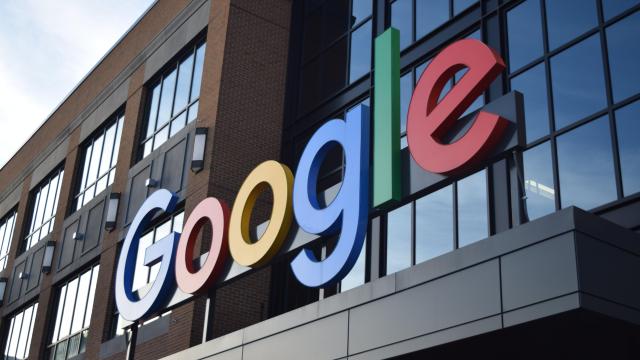Google is putting inactive users on notice. The tech giant says it will soon start deleting accounts that have gone two years or longer without a login or other demonstration of engagement. Stored content on Gmail, Workspace, YouTube, and Photos will all be on the chopping block — along with the associated Google accounts themselves — under the new policy, as outlined in a company blog posted Tuesday.
Though it can be easy to feel that the internet is forever, especially when something you’d rather not have posted makes it online, it’s really not. The internet has proven time and time again to be a rather ephemeral archive. Websites go offline. Repositories of content self-immolate. Servers get wiped. And Google can put an expiration date on whatever it wants.
So, consider this your regular reminder to back up all of your stuff (not just on the cloud): Videos, important emails, critical text documents — all of it. If you don’t want your digital life disappearing, you better be storing it away for safekeeping.
Google account deletions will start in December 2023 with a “phased approach.” The first to go will be accounts that were created and never used again. From there, the purge will expand to include any personal (not business or institutional) account that’s gone unused for 2+ years. The company says it will “send multiple notifications over the months leading up to deletion” prior to taking action, and these notices should go to both the account itself and any associated recovery email. “We are going to roll this out slowly and carefully, with plenty of notice,” Google wrote.
To prevent an account from being deemed inactive, users have lots of options. You can sign into it on any device and read or send an email, use Google Drive, watch a YouTube video, download an app from the Play Store, use Google Search, or access a third-party service through your Google account. Existing subscriptions accessed through a Google account will also count as activity, according to the press statement. Beyond logging into all of your accounts and messing around, Google also recommends that users double-check their settings and ensure there are verified recovery emails in place.
Separately, Google Photos has already had an auto-deletion policy in place since November 2020. To make sure that photos and videos stored there stick around, users should specifically log into their Photos account regularly. Activity in other areas of a Google account wont necessarily preserve pictures. Still though, scrapping whole accounts is a big change.
The new move to disappear dated user profiles follows Twitter’s recent announcement that it too, would begin getting rid of disused, old accounts to “free up abandoned handles,” according to a tweet from CEO Elon Musk. It’s unclear if Google will allow deleted logins and email addresses to be recycled into new accounts. Gizmodo reached out to the company for more information, but did not immediately receive a response. However, counter to Twitter, Google says it is undertaking the account clean-out to beef up user security.
Because they often lack 2-factor authentication and use old passwords, unattended accounts “are often vulnerable” to attacks like hijacking, phishing, and other threats, the company noted in its announcement. “Once an account is compromised, it can be used for anything from identity theft to a vector for unwanted to even malicious content, like spam.” So, instead of leaving abandoned accounts open for zombification, Google is opting for the digital garbage disposal.
That said, as much as Google’s security concerns are probably legit, the company is also likely set to benefit from all that freed up server space. Storing stuff isn’t free. Holding onto hordes of inactive accounts and all that accompanying data undoubtedly takes up a significant chunk of Google’s cloud capacity. Amid an industry wide tech downturn, Alphabet (Google’s parent company) announced its largest-ever layoffs earlier this year, with plans to cut 12,000 employees. Though the company’s cloud sector recently had its first profitable quarter in three years, Google is still likely looking for ways to cut costs to appease and impress investors.
Again, Gizmodo reached out to Google with questions on estimated cost and storage savings associated with the new policy, but did not immediately hear back. We’ve also asked the tech giant whether classic YouTube videos from deceased or retired creators will remain on the platform.
